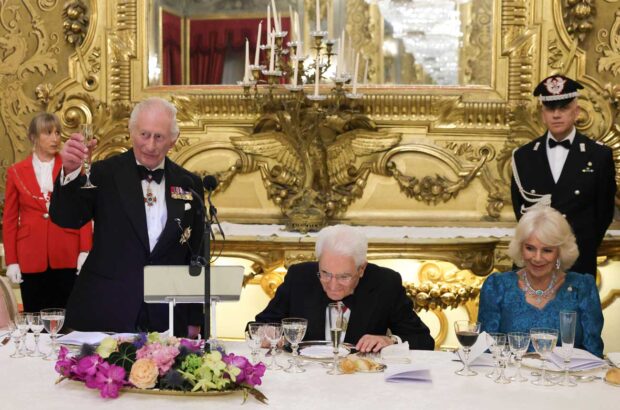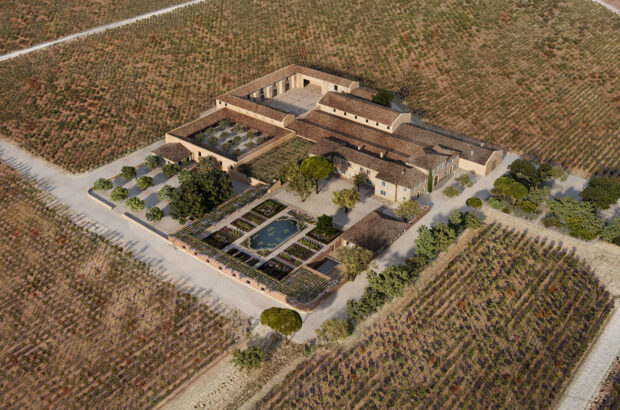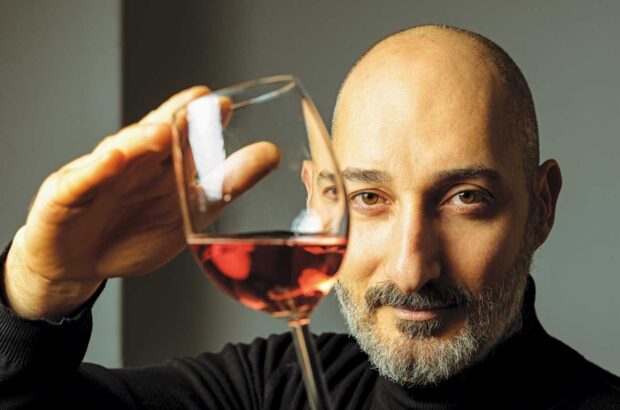Robust, long-lived reds with fine, firm tannins will offer wine lovers much to enjoy from this vintage, says John Livingstone-Learmonth
Scroll down to see tasting notes
Quality is handsome across the southern Rhône in 2015. It is a generally very good vintage, but not on par with greats such as 1990 and 2010. The freshness is reminiscent of 2001, with the 2015 tannins superior thanks to progress in vineyard crop control and vinification.
The tune of the year was harmonised by the timing of rainfalls, with the later-ripening zones such as Gigondas and the Côtes du Rhône Villages of Valréas and Visan doing particularly well. But I place 2015 in the southern Rhône behind the northern Rhône this year – a situation that is reversed in 2016.
For once, there was an abundant crop after a good flowering. however, there is a quality gap between the early-ripening areas – like Châteauneuf-du-Pape – and the later ones, such as Gigondas. in the former, there was some blockage as grape sugars (ultimately the alcohol level) advanced ahead of tannins, while the later-ripening regions saw more harmony. Consequently there are some ‘hot’ wines in Châteauneuf, whereas the vintage is markedly cool and clear at Gigondas.
In general across the region, the red wines are robust, dense and lined with good tannins; the best will live for 20 years at least. Whites are full, unless made in the new-wave light style, and offer value at the Côtes du Rhône level, as well as higher up the ladder in good areas such as Cairanne, Lirac, Vacqueyras and, of course, Châteauneuf-du-Pape.
Gigondas
The 2015 vintage is a real winner in Gigondas, aided by the fine September weather. There is a cool, sparky, crystalline quality to the wines, and abundant opportunity for true terroir expression. The purity of the fruit and structure of the wines bring to mind the finesse of Burgundy – while not an unusual comparison, this really only surfaces in vintages when the summer sun isn’t too strong.
Louis Barruol of the impressive Château St-Cosme reported: ‘2015 is a major vintage, with the Grenache doing well – better than in 2014 and 2013. The wines are nice and free, and not hot, as they were in 2003 and 2001.’
This was not a vintage for showy oak, with wines matured in concrete vats showing especially well. Step forward Clos des Cazaux’s La Tour Sarrasine, Montirius’ Terre des Aînés and Domaine du Pourra’s La Réserve. A feature of the vintage is also the length of the wines, which I expect to do well over 20 to 25 years.
Vacqueyras
This was a bold year in Vacqueyras, the red wines delivering stylish richness, lots of body and a southern mouthful of spice. Guy Ricard of the terroir-faithful Domaine Le Couroulu termed it thus: ‘It’s not far off being the perfect vintage. The wines are very complete, often complex, and can be drunk quite young but will also keep very well.’
Châteauneuf-du-Pape
Wines from Châteauneuf-du-Pape will gradually take shape, still locked up after only 18 months of life. The Grenache was slow to ripen in the more northerly zones, while alcohol levels could be high in the warm southern areas. Early September rain was heavy, which meant that free-draining sandy soils were favoured.
Jean-Paul Daumen, the accomplished owner of Domaine de la Vieille Julienne in the northern zone explained: ‘It wasn’t an easy year. The tannins weren’t easy to manage and it was difficult to achieve a silken side to the wines. But it’s moving in the right direction – there’s fresh fruit, but also a lot of minerality.’
With different ripeness levels across the appellation’s 3,300 hectares, 2015 is more a vintage for blends than single-vineyard wines – unless the plot was one on sandy soils, such as the wonderful Chapelle St-Théodoric’s Le Grand Pin. I favour blends that compose the Tradition-level wines – they usually comprise several different locations and are cheaper and often more genuine than the Prestige wines. The latter immediately imply 1% to 1.5% higher alcohol levels as well, without always having the correct balance to handle that.
Tradition red wines that did well this year include those from Château de la Gardine, Clos St-Jean, Domaines La Barroche’s Signature, De Cristia, Du Grand Tinel, Albin Jacumin, De La Janasse, Lafond’s Roc-Epine, De La Mordorée’s La Reine des Bois, Roger Sabon’s Les Olivets, St-Laurent, Vieux Télégraphe’s La Crau, Le Vieux Donjon and Ogier’s Héritages.
Among some very good whites are Château de Beaucastel’s Vieilles Vignes (great elegance), Domaine de Marcoux (aromatic and very fine) and Domaine du Vieux Télégraphe’s La Crau (genuine and very Mediterranean).
Part two coming soon…







